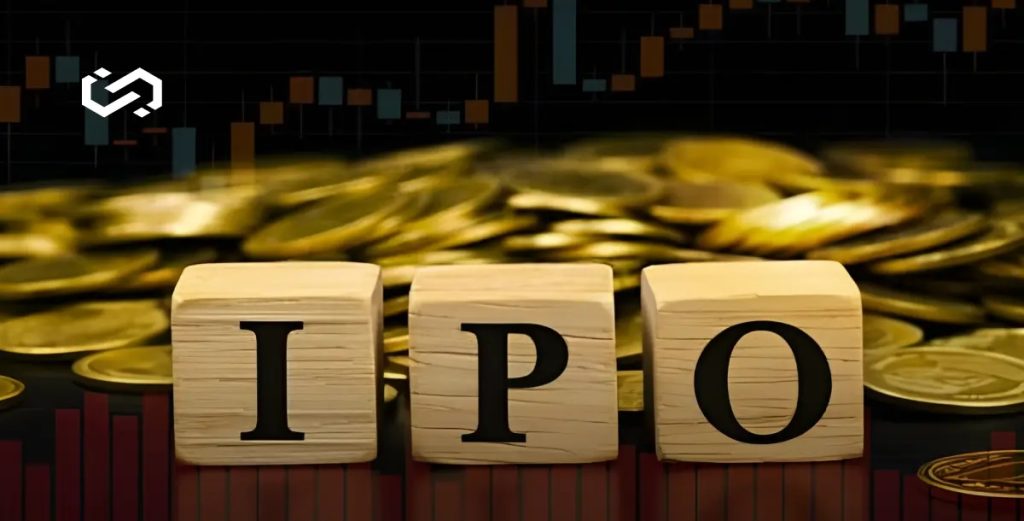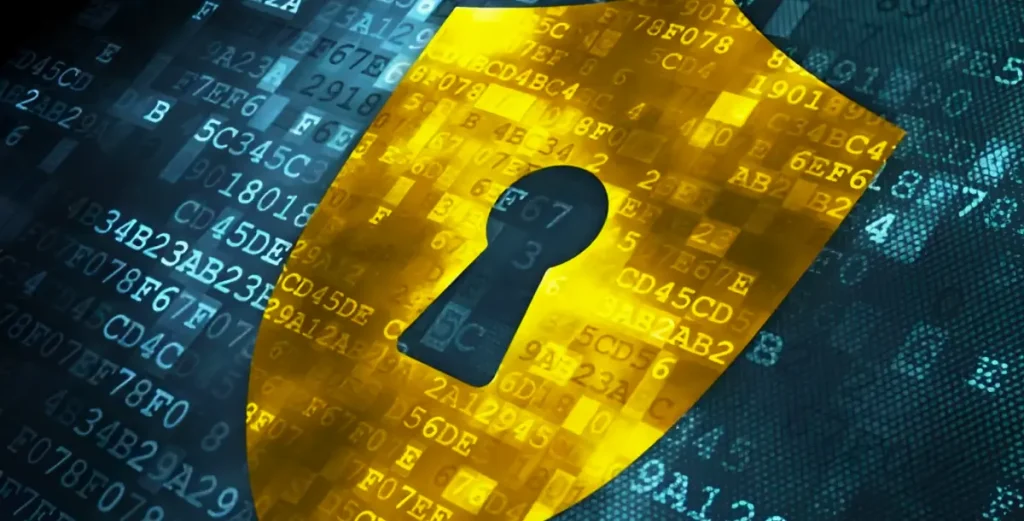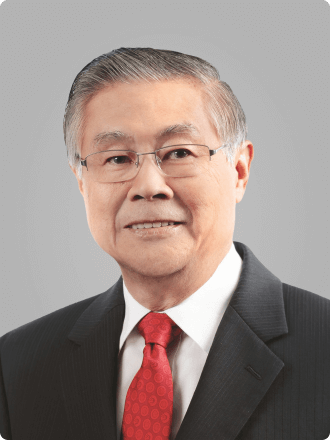
Introduction: Circle’s Expanding Role in Crypto
A quiet revolution in financial infrastructure is underway, and Circle’s recent success in the public market signals a monumental shift in how global payments and treasury management will operate, validating its vision for cross-border payments, programmable wallets, and blockchain-based treasury management
Central to this vision is the Circle Payments Network, which empowers businesses to instantly settle payments using USDC across borders. This bypasses traditional banking inefficiencies, offering fintechs, e-commerce platforms, and institutions faster, more cost-effective settlement rails.
Complementing this, Circle Mint provides enterprise-grade direct USDC minting and redemption with integrated Know-Your-Customer (KYC) and Anti-Money Laundering (AML) compliance. Furthermore, Circle’s programmable wallet services streamline digital dollar payment integration for developers, eliminating the need to manage private keys or build custom blockchain infrastructure.
IPO Success: Valuation Doubles as Market Embraces Crypto
Circle’s public debut exceeded expectations, with its stock price more than doubling on its first trading day. The company’s shares opened at $69—well above its $31 IPO price—valuing the stablecoin issuer at nearly $18 billion on a fully diluted basis. The stock surged as high as $103.75 before closing at $83.23, marking a 168% gain from its offering price.
The enthusiastic reception signals clear market optimism, especially for crypto firms bridging TradFi and blockchain. The IPO, which raised $1.05 billion in an upsized offering, is the biggest crypto listing since Coinbase’s 2021 debut and the first major public offering by a stablecoin issuer.
“The more crypto companies that go public, the easier it will be for future crypto companies.” says Matt Kennedy, senior strategist at Renaissance Capital. Circle’s successful public listing isn’t just a milestone; it’s a catalyst, set to accelerate the entry of more blockchain firms into public markets and ignite industry growth.
Regulatory Tailwinds and Industry Outlook
The digital asset industry is currently experiencing a significant surge in momentum, fueled by a decidedly more crypto-friendly global regulatory environment. In the United States, particularly under the current administration, there’s a strong push for a lighter, more supportive regulatory touch, aiming to position the U.S. as a global leader in digital assets. Key developments include:
- Executive Orders: Directives promoting responsible growth and use of digital assets, and even exploring concepts like a Strategic Bitcoin Reserve.
- Clearer Frameworks: Initiatives from agencies like the SEC to develop comprehensive and clear regulatory guidelines, moving away from “regulation by enforcement.”
- Stablecoin Legislation: The advancement of bipartisan stablecoin bills (such as the STABLE Act in the House and the GENIUS Act in the Senate) aims to establish a robust regulatory framework covering licensing, reserve requirements, and consumer protection. These bills are critical for providing legal clarity and boosting institutional adoption.
Beyond the U.S., a global trend towards regulatory clarity is evident. Jurisdictions like Singapore, Switzerland, the UAE, Hong Kong, Germany, and Canada are actively crafting supportive environments, introducing clear licensing regimes, favorable tax policies, and strong AML/CFT guidelines. This international alignment is crucial for an inherently borderless technology, reducing fragmentation and fostering global market participation.
The increased certainty attracts more institutional capital, fosters greater innovation, and ultimately paves the way for mainstream adoption of digital assets across various sectors. For businesses, this means a more predictable and secure environment to integrate stablecoins and other digital assets into their operations, accelerating the transition to a more efficient financial landscape.
Mainstream Adoption: Stablecoins Enter Traditional Finance
Circle has been actively innovating to integrate stablecoins into the core of traditional finance. By bypassing the constraints of traditional banking systems, Circle’s solution enables firms to transfer value instantly across jurisdictions, enhancing liquidity, reducing foreign exchange friction, and streamlining settlement cycles.
Stablecoins are rapidly transcending crypto’s native ecosystem, now cementing their role as a cornerstone of mass adoption in global finance. Fintechs, institutional asset managers, and multinational corporations are aggressively embracing them as a faster, more programmable alternative to traditional fiat rails. Their utility extends far beyond mere trading, revolutionizing everything from global payroll and real-time supply chain settlement to powering decentralized lending platforms.
Wall Street’s perception of stablecoins has fundamentally shifted: they are now viewed as the crucial gateway to widespread financial asset tokenization. Analysts project stablecoins will underpin a future where everything from corporate bonds to real estate transactions are settled on-chain. Bolstered by growing regulatory clarity in key regions like the U.S. and EU, stablecoins are aggressively positioning themselves as a core, indispensable layer in the global financial stack, bridging digital assets with institutional-grade infrastructure. This reflects a profound shift in industry perception towards crypto’s foundational role.
What This Means for Businesses: The Clear Path to Digital Finance
Circle’s resoundingly successful IPO is a definitive signal and an undeniable wake-up call. Stablecoins like USDC are not speculative niche assets; they are proven, functional tools for real-world finance, fundamentally solving long-standing inefficiencies in traditional systems. For businesses, this translates to immediate opportunities to:
- Streamline cross-border transactions.
- Drastically reduce FX exposure.
- Simplify treasury operations.
- Design innovative incentive systems with programmable digital assets.
With the entire stablecoin ecosystem—exemplified by Circle’s groundbreaking regulatory progress and institutional-grade infrastructure—barriers to entry are lower than ever. This is the moment for multi-market companies, fintech platforms, and financial institutions to future-proof their infrastructure and embrace the inevitable wave of digital finance.
Circle’s journey highlights a clear path for businesses to embrace digital assets. If you’re looking to understand how these advancements can specifically benefit your operations, ChainUp specializes in bridging your business with the evolving digital finance landscape. We support businesses in integrating digital assets into your operations–whether it’s for building your own digital asset exchange, MPC wallet, or digital asset management, our team supports end-to-end implementation.
Schedule a consultation with ChainUp today to explore how we can help you unlock the potential of digital assets and stay ahead in the financial industry.




